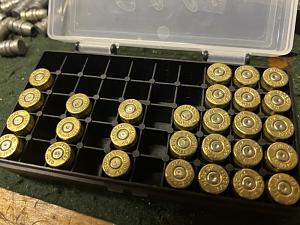Last edited by M-Tecs; 12-17-2022 at 11:13 PM.
2nd Amendment of the U.S. Constitution. - "A well regulated Militia, being necessary to the security of a free State, the right of the people to keep and bear Arms, shall not be infringed."
"Before you argue with someone, ask yourself, is that person even mentally mature enough to grasp the concept of different perspectives? Because if not, there’s absolutely no point."
– Amber Veal
"The Highest form of ignorance is when your reject something you don't know anything about".
- Wayne Dyer















 Reply With Quote
Reply With Quote












